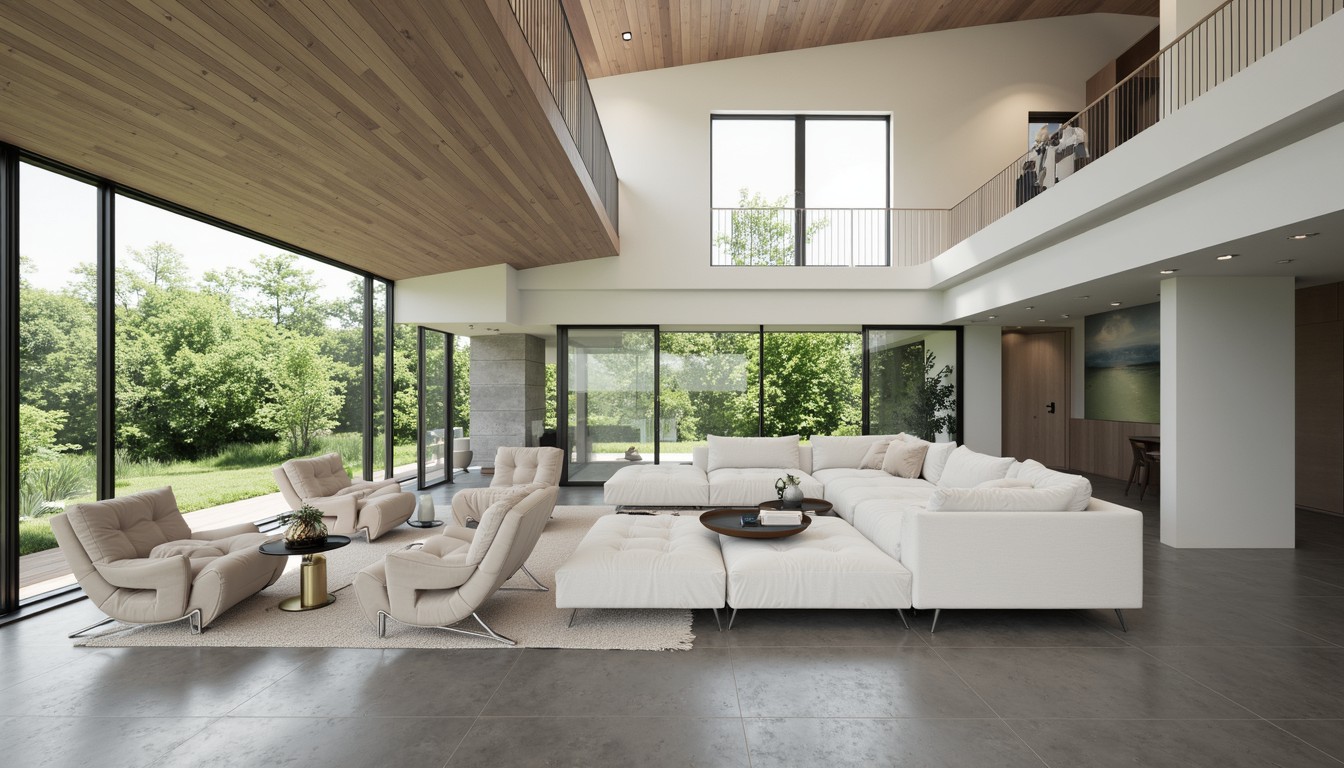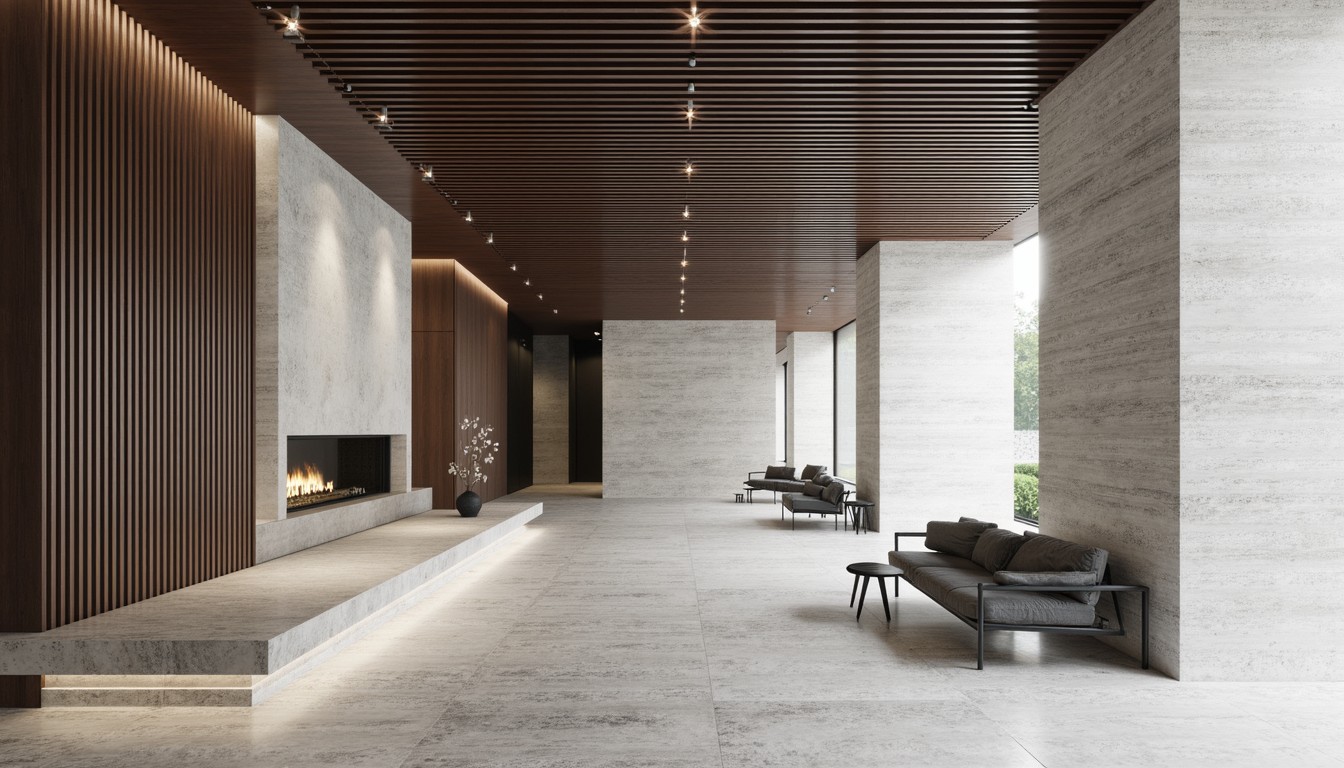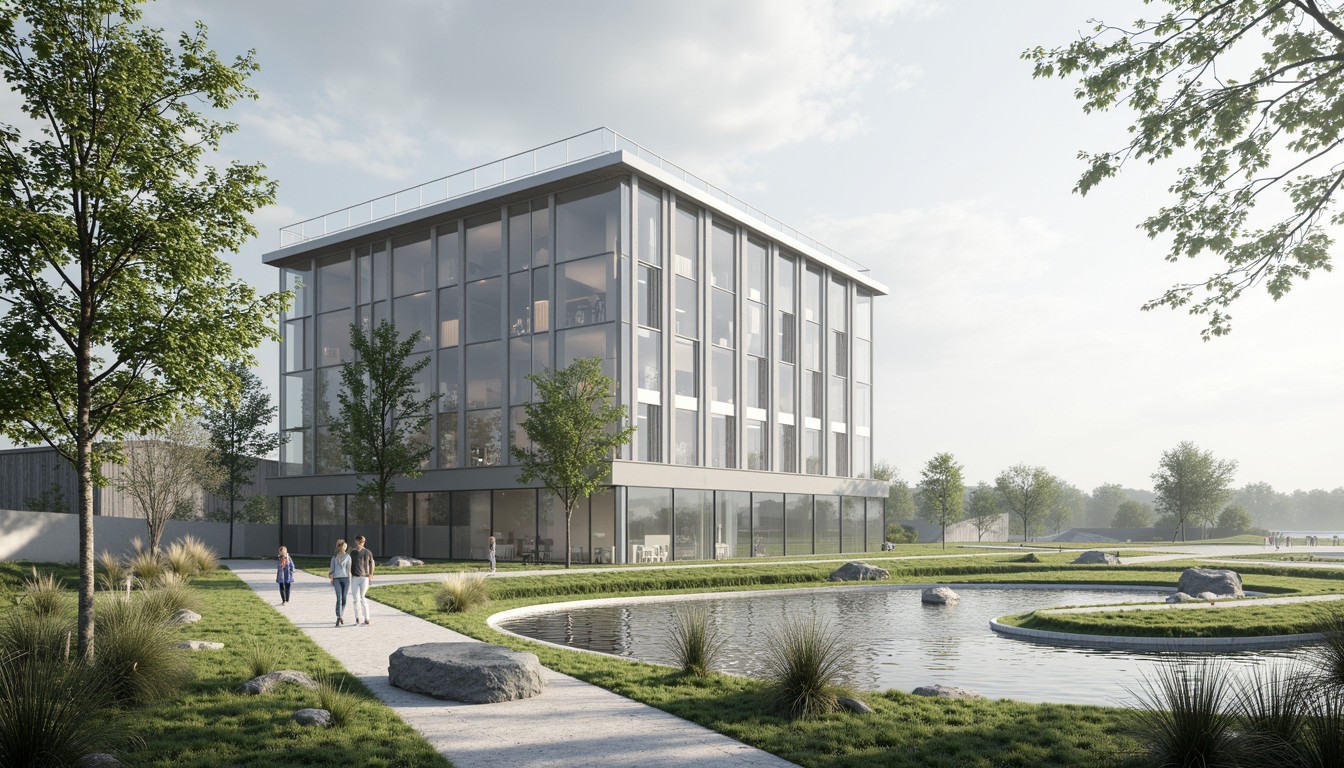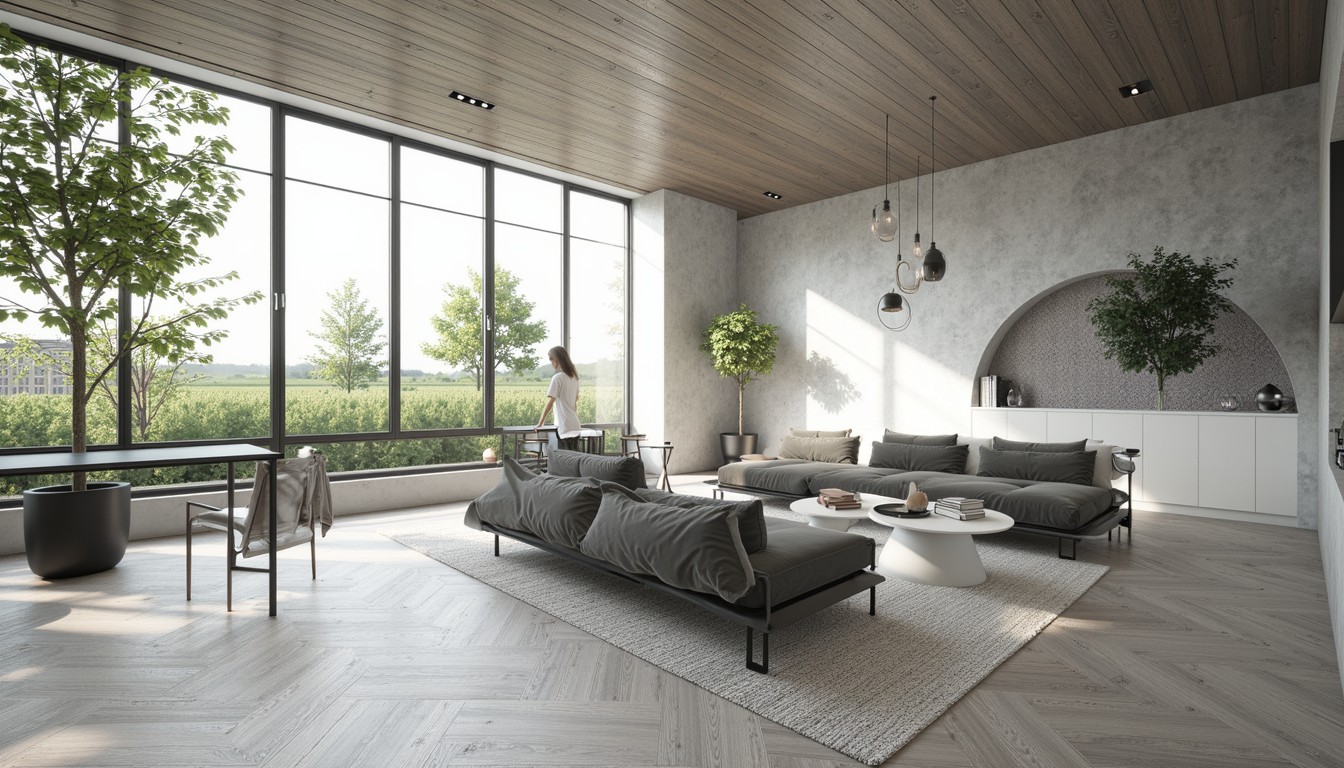Sustainable Architecture: Exploring Green Building Technologies
The built environment significantly impacts our planet's health. As architects and designers, embracing sustainable architecture is no longer a choice but a necessity. This means integrating green building technologies into every phase of a project, from initial conception to completion. ArchNav understands this crucial shift and utilizes advanced visualization techniques to help architects and developers bring their sustainable visions to life.
Passive Design Strategies: The Foundation of Green Building

Before diving into advanced technologies, it's crucial to understand the importance of passive design. These strategies leverage natural resources to minimize energy consumption and environmental impact. Key elements include:
- Optimal Site Selection and Orientation: Maximizing sunlight exposure for passive solar heating and minimizing heat gain in hot climates. This involves careful consideration of wind patterns and shading from surrounding structures.
- Building Envelope Optimization: Employing high-performance insulation, airtight construction, and strategically placed windows to reduce energy loss. This includes the use of materials with high thermal mass, such as concrete or rammed earth.
- Natural Ventilation: Designing buildings to naturally circulate air, reducing reliance on mechanical systems. Cross-ventilation and stack effect are key principles here. ArchNav's visualizations can showcase effective ventilation pathways.
- Daylighting: Using natural light to illuminate interior spaces, reducing the need for artificial lighting. Careful window placement and light shelf designs are crucial for maximizing daylight penetration.
Active Green Building Technologies: Enhancing Sustainability

Passive design lays the groundwork, but active technologies further enhance a building's sustainability. These include:
Renewable Energy Sources:
Harnessing renewable energy sources is paramount. This includes:
- Photovoltaic (PV) Panels: Generating electricity from sunlight, reducing reliance on the grid. ArchNav's visualizations can showcase integrated PV systems seamlessly.
- Solar Thermal Collectors: Utilizing solar energy for water heating, reducing energy consumption for domestic hot water.
- Wind Turbines: Generating electricity from wind energy, particularly effective in locations with consistent wind speeds.
- Geothermal Energy: Utilizing the earth's stable temperature for heating and cooling, offering highly efficient and sustainable climate control.
Water Conservation Technologies:
Reducing water consumption is crucial. This involves:
- Rainwater Harvesting: Collecting rainwater for non-potable uses like irrigation and toilet flushing.
- Greywater Recycling: Reusing wastewater from showers and sinks for irrigation purposes.
- Low-Flow Fixtures: Installing water-efficient toilets, faucets, and showerheads.
Smart Building Technologies:
Smart building technologies offer real-time monitoring and control over building systems, optimizing energy efficiency and resource management. This includes:
- Building Management Systems (BMS): Centralized systems that monitor and control HVAC, lighting, and other building systems.
- Smart Sensors and Meters: Providing real-time data on energy and water consumption, enabling informed decision-making.
Material Selection: Embodied Carbon and Sustainability

The materials used in construction significantly impact a building's environmental footprint. Embodied carbon, the carbon emissions associated with material production, transport, and construction, is a critical factor. Sustainable material choices include:
- Recycled and Reclaimed Materials: Reducing the demand for new materials and minimizing waste.
- Locally Sourced Materials: Reducing transportation emissions and supporting local economies.
- Bio-based Materials: Utilizing materials derived from renewable resources, such as bamboo, timber, and hemp.
- Sustainable Concrete: Incorporating recycled materials or using lower-carbon cement alternatives.
ArchNav: Visualizing a Sustainable Future
ArchNav plays a vital role in promoting sustainable architecture by providing high-quality architectural visualizations that showcase the beauty and effectiveness of green building technologies. Our advanced rendering techniques allow architects and developers to present their sustainable designs in a compelling and informative way, attracting investors and securing approvals. We can showcase complex systems like rainwater harvesting, solar panel integration, and natural ventilation pathways in stunning detail, helping clients communicate their vision effectively.
From initial conceptual designs to final walkthroughs, ArchNav's expertise in architectural visualization can help you effectively communicate the benefits of your sustainable designs. Contact us today to learn how we can help you visualize a greener future.
